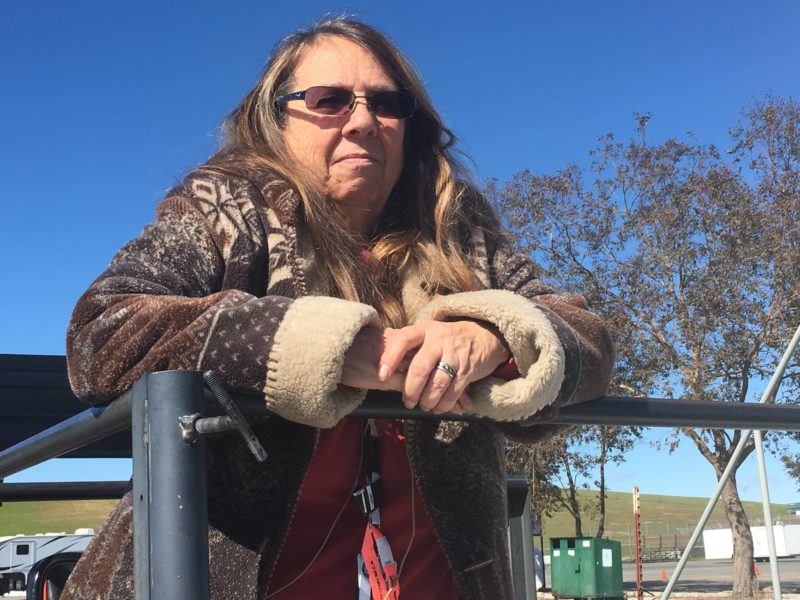Worker Highlight – Marcy Crawford
April 4, 2018How did you get started with SCCA?
Way back in the dark ages, there was a series called Can Am. Back in high school a date who was an avid race fan took me to a CanAm race at Laguna Seca. In spite of horrible weather, it was one of the most fun times I’d ever had to date. That was the start of a change in direction of my life’s path. Figured I had to play with these folks somehow! Although I was too young at the time, I knew that being on the other side of the fence, whether on course or in the pits, was where I needed to be. I met MaryLou Robson who was co-chief of Communications and was able to get onto that other side of the fence as a Communicator and I was hooked. In 1973 I was able to get my competition license. In 1975 I married my shopmate. It went upill from there.
What is your current position?
Chief of Timing and Scoring, San Francisco Region, Divisional Administrator of Timing and Scoring, Northern Pacific Division, Co-Crew Chief on Lynne Griffith’s T2 Mustang (along with 6 or so other people) wherever she is racing.
What do you I like about the SCCA?
The short answer is the Racing! However there are so many things to like about SCCA, both on a regional and national level. What stands out most is that SCCA is an extended family. In good times and bad, the members are supportive and friendly. We spend a fair amount of time with the same core group of people and I have yet to not have fun. There are many ways to be active in and make a difference, with people who share a passion. It doesn’t seem to matter whether these people are workers or drivers – we all seem to appreciate and enjoy each other.

Why do you like volunteering?
I love racing. For many years, when I was racing, I’d jump into a shower after my session then head up to Timing and Scoring to help out. Sitting around in the paddock was not something I have ever done well. When I found myself in a position unable to continue driving meant that I was able to join the crew full time, not just when not busy with the car somehow (driving, fixing, etc.). To be an effective part of a much bigger picture is very satisfying. Each crew provides an important service to running a race and each person within that crew makes it possible
What does your role involve?
As the people in the DC Region put it, “We are the souls that time men’s tries”. In Timing and Scoring we use computers to time every car on every lap. The results we provide are used to set grids for races and to provide final finishing positions. After every session we provide this information to Race Administration to publish.

What don’t people know about what you do?
Ideally what people see is the results of each session. Very few people know how we do it. However, we invite people to come up to the Timing and Scoring room and see what we do and our methods. The rest of the process is designed to be transparent. What people don’t see is that we monitor the start/finish line where the transponder loop is located as long as there are cars on course. This allows us to catch situations such as weak/no transponder signal or a transponder that fails during the session so that fact can be communicated to the driver. We manually enter competitor changes to the entries throughout the event. We also correct errors to competitor information as we become aware of them, for example incorrect transponder numbers, wrong car color, etc. However, we always welcome people to come up to the Timing and Scoring room and see for themselves.
Thank You
Thank you Marcy we all really appreciate all the work and effort you and the team put in to help the racers and volunteers.
